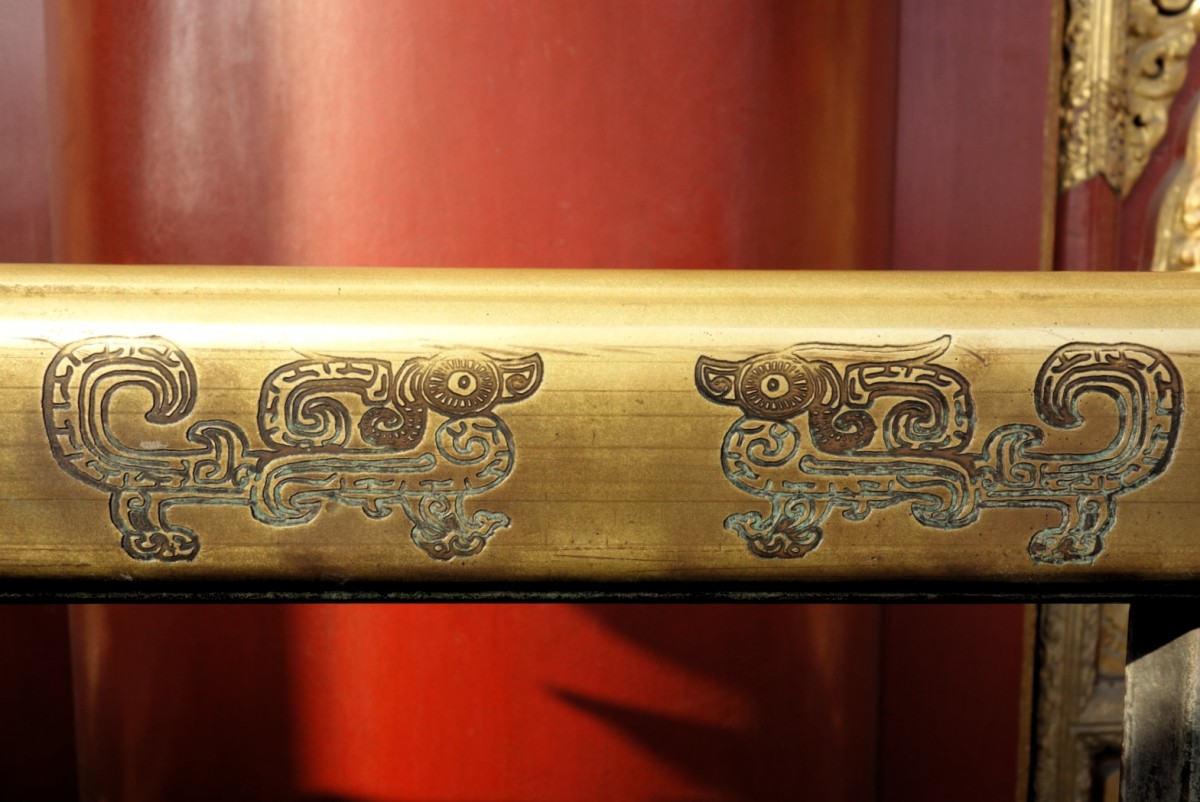I was walking through the mall a couple days ago. My path took me past a bunch of stores and kiosks, including the Nike Store. I walked past it and looked at their window display. They had a really nicely photographed poster and some cool looking shoes in a bunch of different colors. The store was beautiful and looked like a fun place to be. At the same time, their shoes aren’t particularly great, they aren’t actually innovative, and they’re made of cheap materials. There are many shoe companies that are way lower quality than Nike, but I don’t know if there are any with such a disparity between their presentation and the actual product.
The more I thought about it, the more I realized that this isn’t just nike or most of the clothes in the mall– it’s how our culture works now. Back in the day, if you wanted a pair of shoes you’d go to a cobbler. He would design a pair for you, or use one of his existing designs, pick out some nice leather, and make you a pair of shoes. His design work, his execution, and his materials could all be leveraged about equally, so I’d guess that you’d tend to have either poorly designed shoes that are poorly executed and made of poor materials, or well designed shoes that were well executed and used good materials.
These days, things have changed. Design can be leveraged almost infinitely, which has changed the whole equation. Mass manufacturing ensures decent execution, but supplying top quality materials is difficult. A cobbler who makes a hundred pairs of shoes a year can take the time to pick out the best hides to get the best leather. That doesn’t scale to making thousands of shoes a day, so material quality drops. Execution has become more consistent, but the benefits of cutting corners is magnified. Saving a penny on making a pair of shoes didn’t matter to the cobblers, but it matters to Nike.
So these days, most of what people buy is well designed, decently and consistently executed, and uses relatively poor quality materials. In the mall I walked past a kiosk of phone cases. There were some that were blinged out. Pretty good design in that they fit perfectly on the phone the’re meant for, the rows of fake diamonds are all uniform, etc.. Each one looks the same and is okay quality. But the materials are crap– cheap plastic painted to look like metal covered in lackluster plastic “gems”.
Our food is like this, too. I don’t eat at at fancy restaurants all that often, but when I do I feel the same way. The food looks beautiful and the flavor pairings are excellent. The food is usually well cooked, if not amazing. But the quality is really bad. Vegetables aren’t organic, meat isn’t grass fed, and the oils used for cooking are the cheap industrial oils like Canola and Soy.
Or if you go to the grocery store, you see the same thing– eye catching boxes full of unhealthy sugar, flour, and mysterious fats. Beautifully arranged vegetables with weak flavor and covered in pesticides. Artificial flavors offer a xeroxed impression of what something would actually taste like if it was real.
We’re surrounded by things that look high quality but aren’t. Wood is replaced by wooden veneer, and then by plastic with a wood print on it. Metal is replaced by plastic that is painted. Nutritious foods are replaced with foods that look nice. Movies rely on special effects and advertising campaigns instead of well crafted stories and substance.
Even software has (d)evolved to become so design driven that function and utility are left by the wayside. I’ve noticed that of the apps I download for my phone, the fewer gradients and faux textures they have, the more useful they tend to be.
I love design, but I hate that it’s being used to mask inferior quality. Add great design to great materials and you have a great product. Part of why I like my Rolex so much is because it embodies that principle. When I look at it, it’s a reminder to follow the principle myself. I love my Sony RX100 and my NEC LaVie because they put function first AND have great design to complement that utility.
The silver lining to this quality decline is that it’s created a void to be filled. There are people like me who are obsessed with quality and are willing to pay the marginally higher cost necessary to get it. While it has its problems, projects on Kickstarter tend to focus on very high quality materials. Farmer’s markets providing healthy and great tasting produce are growing in popularity. High quality tech companies are a bit more difficult to find, but Asus, Sony, and Apple all have certain products that are great quality and nice design.
When the masses move from one place to another, they often leave opportunities in their wake. I’m glad to see small companies and individuals focusing on quality and using that as a competitive advantage. Even at Sett, we do it. We’ll cost a bit more than other blogging platforms, but everything we use is the best. We host on Rackspace, every blog has its images delivered via CDN, we use best-in-class document searching instead of the crappy one everyone else uses, etc. Getting all of this going is expensive and it’s hard work, but when we’re done we aim to have a product that’s well designed, well executed, and is made up of high quality components.
###
Photo is a railing in the Forbidden City, Beijing

Leave a Reply